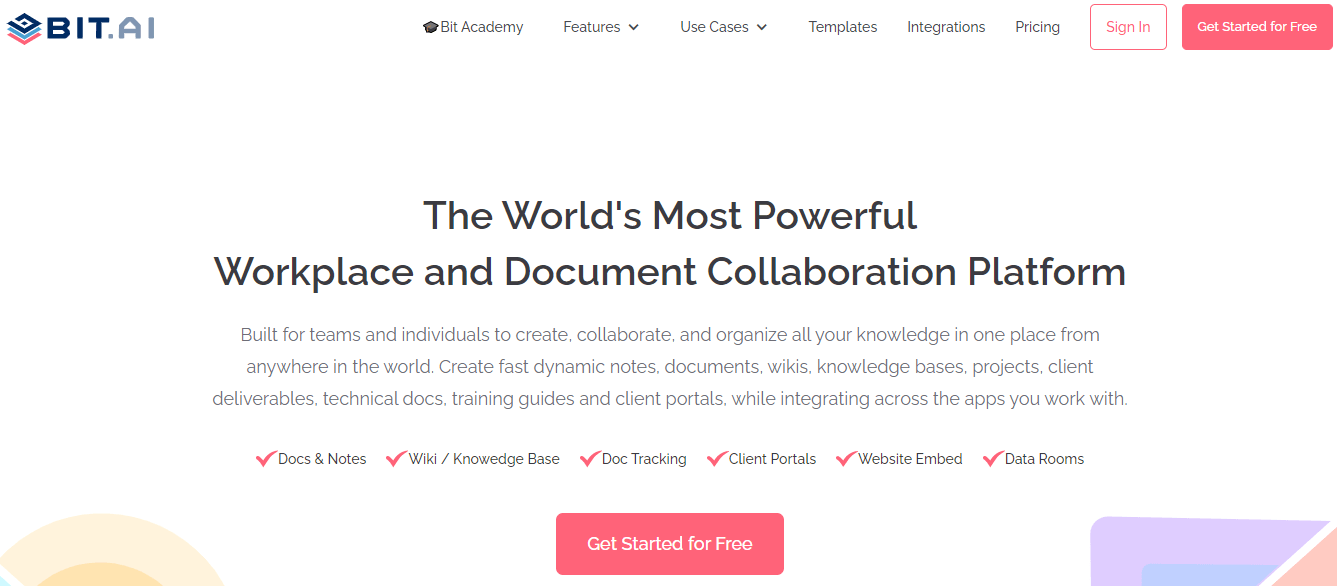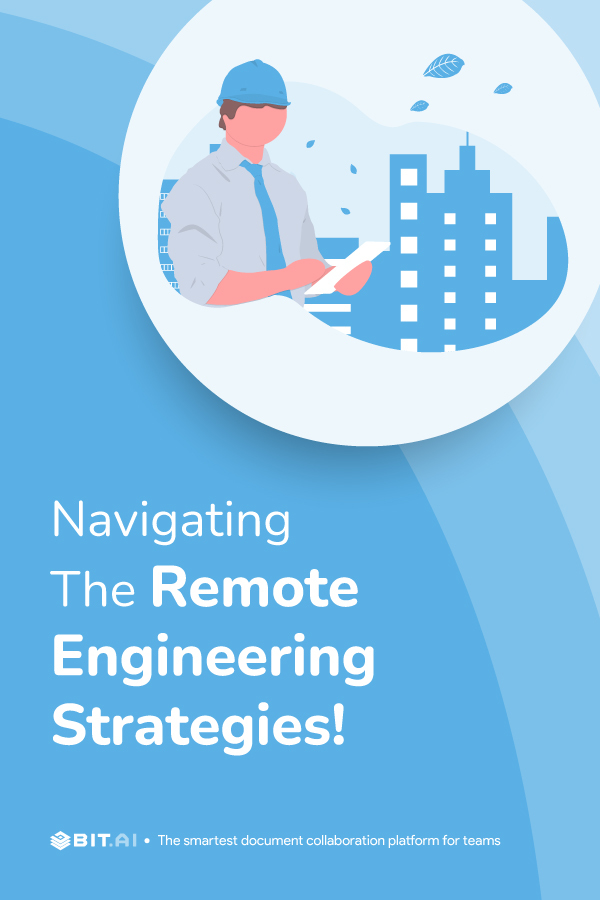In today’s interconnected world, did you know that over 60% of engineering teams have taken on the lively field of remote work? But what does this mean for the future of innovation? Have you ever wondered how miles of separation can lead to seamless collaboration?
Imagine a developer in New York and a designer in Tokyo crafting the next big thing together while sipping their favorite beverages miles apart. That’s the power of remote engineering – where digital bridges erase geographical boundaries and unite brilliance.
Join us on a journey through pixels and possibilities as we delve into the world of remote engineering, unlocking its secrets, challenges, and endless frontiers of potential. Ready to ride the virtual express?
What is Remote Engineering? (Definition)
At its core, remote engineering is a powerful concept where teams collaborate seamlessly despite being geographically scattered. It’s not just about making the world your office; it’s about stitching together minds from different corners, all sharing a passion for progress. This virtual collaboration isn’t limited to specific industries; it’s a universal revolution in how we work and innovate.
In today’s fast-paced business world, where innovation is the heartbeat of success, remote engineering is a crucial catalyst. The objectives are crystal clear: amplify talent access, unleash diversity of thought, and accelerate project timelines.
Remember when SpaceX launched the Falcon Heavy? That resulted from coders, engineers, and designers coming together from one office and around the globe.
With remote engineering, barriers dissolve, making room for creativity to flourish. Whether a game developer collaborating with a design specialist or a sustainable energy startup drawing expertise from Australia to Germany, the magic lies in how ideas meld and bloom, surpassing geographical confines.
So, as we ride this digital wave, remember that remote engineering isn’t just about miles; it’s about the fusion of minds, innovation, and the limitless possibilities of a connected world. Jump into the next section to uncover the various advantages that remote engineering offers.
The Benefits of Remote Engineering Teams
Welcome a new era of teamwork that knows no boundaries – remote engineering teams. Imagine unearthing talent from every corner of the globe, revolutionizing how work gets done. In a world as interconnected as a neural network, the benefits of remote engineering teams are a melody of efficiency, cost-effectiveness, and progress.
1. Worldwide Talent
When you cast your talent net worldwide, you’re not just hiring employees but unlocking a new possibility of diverse perspectives. A developer from Bangalore brings a unique twist to code, just as a designer from Paris adds an artistic touch to user interfaces. This diversity sparks innovation, leading to solutions that are as vibrant as the world itself. According to Buffer’s report, 98% of remote workers would like to continue working remotely for the rest of their careers at least some of the time.
2. Expense Reduction
Remember those hefty office rent bills? They transform into a distant memory as you shrink or eliminate office space altogether. Remote teams often require fewer physical resources, saving costs and enabling investment in what truly matters: your team’s growth. Plus, employees save on commuting expenses while enjoying a healthier work-life balance.
3. Higher Efficiency
Without the regular office distractions, your team can sink into deep work. With flexible schedules, they tackle tasks when they’re most productive, whether it’s sunrise or sunset. A 9-to-5 clock doesn’t bind this efficiency surge; results bind it.
4. Better Retention
Employees cherish the autonomy that comes with remote work. Crafting their ideal work environment makes them more likely to stay committed. This loyalty isn’t just a warm feeling; it directly contributes to better company retention rates.
5. Environmental Advantages
Fewer commutes mean reduced carbon footprints. Remote engineering doesn’t just shape code; it shapes a more sustainable future. Think about it: less traffic, fewer emissions, and a healthier planet – all driven by a remote work revolution.
As we’ve uncovered the golden seams of remote engineering’s benefits, don’t be fooled into thinking it’s a seamless journey. Just as every process has its challenges, so does remote teamwork.
In the following section, we’ll steer through these hurdles, ensuring you’re well-equipped for this exciting adventure. So, gear up because the path to excellence is paved with success and trials.
The Challenges Remote Engineering Teams Face
Launching the virtual mission of remote engineering is a thrilling expedition, but it’s not without its share of challenges. Imagine a global team coming together – each mind’s world of its own, every voice a unique melody. Yet, in this smooth process of innovation, hurdles emerge that can test even the most resilient teams.
1. Differences in Culture
As the sun sets on one part of the world, it rises on another, bringing diverse cultures and work practices to the virtual table. Bridging these gaps is crucial, as misunderstandings can stifle collaboration. For instance, a direct “yes” might mean agreement in some cultures, while it could signify a polite acknowledgment in others.
The Solution:
- Cultural Awareness Workshops: Regular workshops or training sessions can help team members understand and respect each other’s cultural distinctions.
- Communication Guidelines: Establish clear communication guidelines for different cultural preferences, ensuring everyone’s voice is heard.
2. Bus Factor
Ever heard of the “bus factor”? It’s a measure of how much knowledge resides in just a few individuals – the ones who could be hit by a bus. In remote engineering, this factor can spell trouble. When knowledge isn’t shared across the team, you risk a project’s fate being tied to a few individuals. Imagine a coder with a unique skill suddenly becoming unavailable – that’s where the bus factor hits hard.
The Solution:
- Knowledge Sharing: Encourage regular knowledge-sharing sessions within your team.
- Documentation: Maintain thorough documentation so that critical information is accessible to everyone.
- Cross-Training: Ensure that team members can perform each other’s tasks to a reasonable extent.
3. Sharing Knowledge
In a busy office, knowledge sharing might happen at the water cooler or during lunch breaks. But in remote teams, this casual exchange can fade away. Crucial information can get stuck in silos, leaving others in the dark. Think about a situation where a developer solved a particularly tricky bug. That solution might never reach the rest of the team without proper knowledge-sharing mechanisms, causing redundant efforts and wasted time.
The Solution:
- Collaborative Tools: Implement tools that facilitate real-time knowledge sharing, such as collaborative documentation platforms like Bit.ai or instant messaging apps.
- Knowledge Sharing Culture: Promote a culture where team members are encouraged and rewarded for sharing their expertise.
As we navigate these challenges, it’s important to remember that they’re like storms on the horizon – manageable with the right strategies. In the upcoming section, we’ll dive into the chapter on tips and tactics to lead remote engineering teams effectively because every challenge conquered is a step towards a stronger, more cohesive unit.
Tips To Lead a Remote Engineering Team
Whether you’re an expert leader or beginning with remote engineering, these tips will push your efforts towards success, ensuring that distance is no match for your team’s synergy.
1. Express Product Vision
Articulating the product vision with clarity is the foundation of effective remote leadership. Every member should understand the “what” and the “why” behind the project. When your team sees the destination, they’ll journey better, making independent decisions that align with the larger goal.
Just like Elon Musk‘s vivid depiction of a multi-planetary future fuels SpaceX‘s mission, your clarity of purpose will drive your team’s passion.
2. Honor Teammates
In the virtual land, a high-five becomes an emoji, and a coffee break is a Slack message. But behind those screens are real people with aspirations and emotions. Celebrate birthdays, acknowledge achievements, and create virtual water cooler moments. Nurture a sense of belonging that exceeds pixels. Remember, a healthy team is productive, and the feeling of camaraderie can be as simple as a virtual “Cheers!” at the end of a successful sprint.
3. Provide Regular Feedback
Feedback isn’t a quarterly report; it’s a lifeline. In a remote setup, feedback is like a GPS rectifying your route. Establish a culture where feedback flows naturally. Whether praise for a job well done or constructive criticism for improvement, keep the lines open. Just like a code review tightens up software, continuous feedback hones skills and enhances performance. Google’s Project Oxygen discovered that managers who discuss performance and provide specific feedback have teams with higher performance and engagement levels.
4. Emphasize Communication
Imagine constructing a skyscraper with a sketch instead of blueprints. Effective communication is your blueprint. Establish clear channels for discussions, meetings, and quick chats. Leverage video calls for that personal touch and choose the right tools for real-time collaboration. When your team feels heard and informed, they work with precision, just like engineers crafting a delicate circuit.
Remember, leading a remote engineering team is like creating a virtual world; each tip contributes to success. And speaking of our next section, we’ll introduce Bit.ai, your partner for remote engineering – a platform designed to sync your team’s efforts, turning remote collaboration into a seamless masterpiece. So, if you’re ready to explore the future of engineering leadership, let’s dive into the next movement.
Bit- Your Partner for Remote Engineering

Meet your innovation partner: Bit.ai – the platform revolutionizing remote engineering collaboration. Imagine a virtual playground where you and your global team can shape ideas, build solutions, and conquer challenges, all in one seamless space. Let’s dive into the world of Bit and explore how its features are tailor-made for remote engineering success.
1. Unified Workspace
With Bit, distance is just a number. Whether in Silicon Valley or Sydney, you can bring your entire team onto a unified platform: no more juggling emails, chats, and shared drives. Your project home is now where everyone can contribute, brainstorm, and iterate together.
Bit lets you create multiple workspaces, documents, and folders to store and manage everything you have efficiently and organize. This means that by using Bit, you can create various workspaces around your work, employees, clients, departments, and more.
One thing to note about Bit Workspaces is that you can decide who gets access to it. You can add or invite other collaborators and provide them with read-only access, comment-only access, or even full permission for editing.
2. Rich Media Integration
Ever struggled to explain complex engineering concepts over text? Bit gets it. Engage your team with rich media. With Bit, you can create interactive workplace documents and bring them to life using over 100+ rich media integrations.
Bit lets you add images, PDFs, cloud files, maps, code snippets, presentations, charts, videos, GIFs – any rich media – to your documents and automatically turn them into interactive visual cards and rich embeds that live inside them! This will make all your work-related documents and knowledge-sharing much more comprehensive and engaging! The days of “Can you see my screen?” are over. Your vision is crystal clear for everyone.
3. Security Reinvented
Worried about data breaches? Bit’s security protocols are your savior. Bit allows you to manage permissions and information access to suit your unique organization’s needs. Each workspace will enable you to set permission and access levels for your collaborators and guests.
You can assign full access, editor, commenting, or read-only access to your users, and guests can be given commenting or read-only access. Only those collaborators and guests who have been added to a workspace can access the documents.
You can also set overall roles for each person added to your organization, such as owner, manager, member, or guest. Each role has varying access levels to invite users, change subscription settings, etc.
When sharing your Bit documents with the outside world, you can add a custom password, enable link expiration, or disable your shareable link anytime. Your proprietary algorithms stay safe while your team’s brilliance shines through.
4. Process Streamlining
Remote engineering thrives on efficiency. Bit streamlines your processes with templates. Bit makes it quick, easy, and fun for you to create any document. How? With Bit’s extensive template gallery, you can choose from over 70+ professionally designed templates to create documents quickly. All you have to do is fill in your customized content, and your whole document will be ready to share quickly!
You don’t have to waste your time trying to fix the formatting of your documents because Bit will automatically format your entire document. Choose from a collection of layout and color themes that will transform the look of your entire document with just one click.
5. Quick Innovation
Remote engineering demands flexibility, and Bit is your swift companion. As your project evolves, update documents, boards, and workflows in real time. Stay ahead of the curve and use the power of iteration.
Ready to redefine how remote engineering takes shape? Bit.ai is your vehicle for innovation without borders. Start collaborating in a way that’s as fluid as your coding and design. But hold on, there’s more to this journey. In the next section, we’re delving into the crucial element that can make or break your remote engineering dreams. Get ready and explore the conclusion!
Conclusion
And there you have it, your ticket to remote engineering mastery! From discovering the mysteries of remote collaboration to conquering the challenges with a virtual high-five, you’re ready to lead your team through the digital adventure.
So, go ahead and turn those online meetings into innovation powerhouses, leverage Bit.ai to weave digital bridges, and remember: if coding were a language, your remote engineering powers just got a fluency upgrade.
Ready to ride the Bit.ai wave and create brilliance from wherever you are? Sign up now because remote engineering without Bit.ai? That’s like trying to build a house with a spoon and a stick of gum! Stay connected, stay ingenious, and let’s engineer the future, one virtual byte at a time!
Further Reads:
Benefits of Remote Collaboration for Distributed Team
Remote Employee Onboarding Checklist and Best Practises!
Remote Collaboration Guide & Tools For Distributed Team
Work From Home Policy: What is it and How to Write One?
Mental Health and Remote Work: Tips for Staying Balanced & Productive!
Work Burnout Signs and How To Spot Them?
The Benefits & Drawbacks of Working Remote (WFH)



